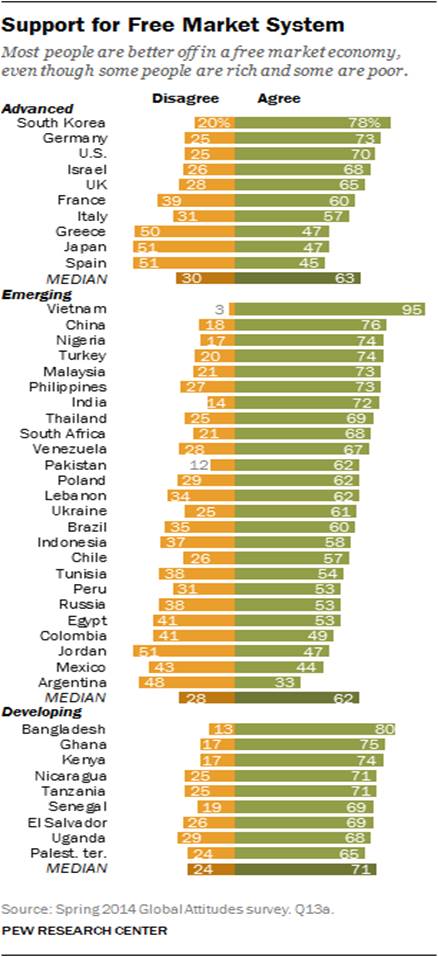Em Abril, escrevi este postal "
Acerca da importância de uma estratégia, não acreditar em boleias!".
.
Os números que estiveram na sua origem são poderosos e exemplares, infelizmente.
.
Um sector não transaccionável em 2014, em Portugal, teve um crescimento de 19% no número de clientes.
.
Mas esperem...
.
Antes de começarem a celebrar, vejam o que esse número esconde:
.
Quase 50% das unidades (47%) a operar no sector perderam clientes...
.
Só 40% das unidades a operar no sector ganharam facturação.
.
Assim, pode-se concluir que houve mais unidades a ganhar clientes do que facturação e, mais unidades a perder facturação do que clientes. Ou seja, além das unidades que perderam clientes e, por isso perderam facturação, temos também as que ganharam clientes mas à custa da quebra do preço unitário, à custa da quebra da margem.
.
O que é que isto quer dizer?
.
Que muita gente ainda só vê o preço como a única variável para seduzir clientes, que muita gente continua prisioneira de uma
visão tradicional acerca da criação de valor, que muita gente tem tudo a ganhar com uma
mudança de perspectiva e uma mudança de estratégia.
.
Estas unidades que perdem clientes e/ou facturação têm, cada uma, a sua estratégia. Podem até nem realizar que têm uma estratégia, podem até nem ser capazes de a descrever mas têm-na, traduzida num conjunto de padrões de comportamentos e de decisões.
.
Essas estratégias particulares traduziram-se naqueles resultados:
- Quase 50% das unidades (47%) a operar no sector perderam clientes; e
- Só 40% das unidades a operar no sector ganharam facturação.
Se queremos resultados diferentes, temos de ter estratégias diferentes. Aqueles resultados não são nenhuma anormalidade, não são manifestações de uma doença ou problema, são a consequência perfeitamente natural de um conjunto de estratégias obsoletas.
.
E a sua empresa, tem uma estratégia obsoleta?
.
.
.
Não está na hora de a rever? (Podemos ajudar?)
.
Na parte II vamos ver como esta necessidade está espalhada por grande parte da economia portuguesa.




























